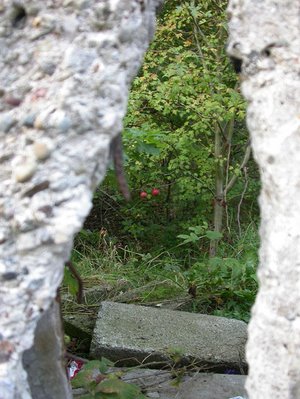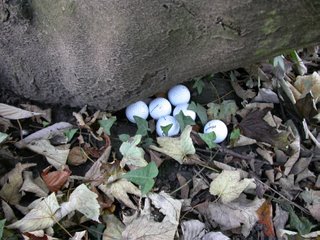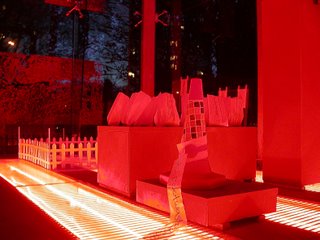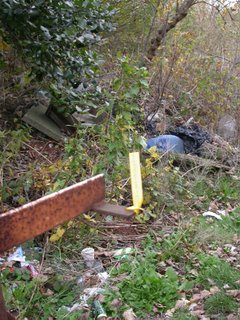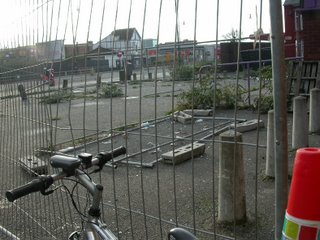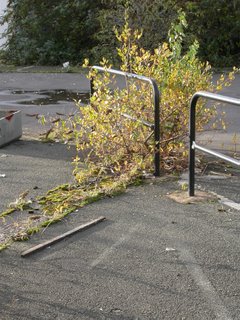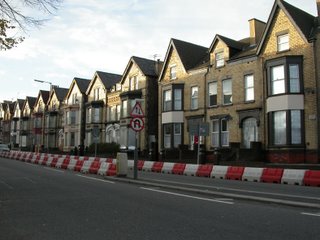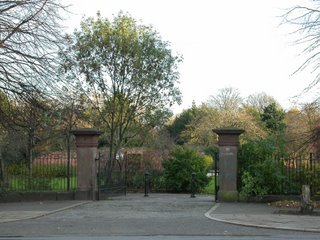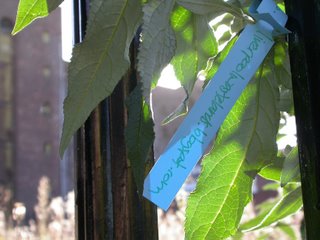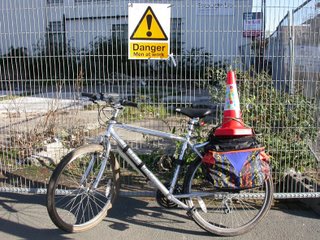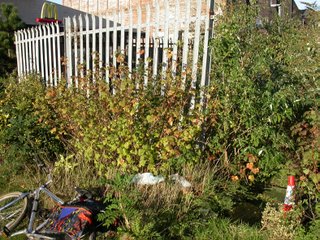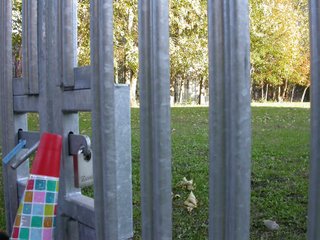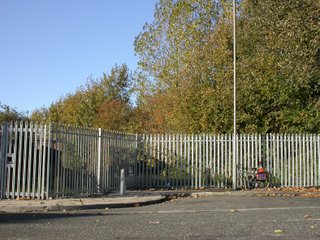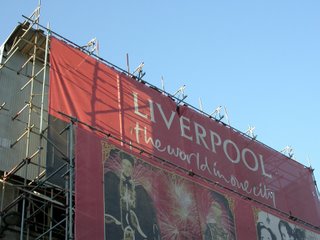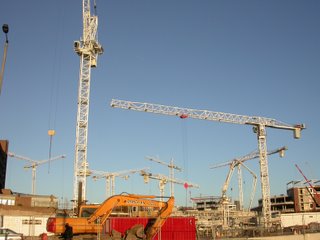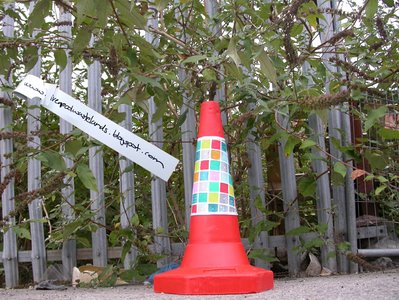
A day in December…
From my last week of cycling to my last postings there was a considerable time…
I went from the rolling motion of being on my bike, to the sluggish motion of dragging my feet. The reason – quite simply – I didn’t want to draw to a close this Phase of liverpoolwastelands. To write up my expedition accounts was an admission of the end of this particular journey.
I have had a fantastic 7-weeks
The cycling
Being on my knees poking around in undergrowth
Standing quietly – looking, listening, and nosing the air
Drawing, and capturing images
Chance encounters with ordinary and extraordinary people
No day was dull or without unexpected happenings – whether that was spotting a rare species like the Peregrine Falcon, meeting someone like Jim with all his photographs of a bygone city life, or a more regular occurrence like seeing a flower blooming beyond it’s expected season.
During my time in Liverpool –16 days of cycling around the city
104 Brownfield sites have been evaluated
And I have had
113 chance conversations along the
82 miles covered
This doesn’t mean that there is a Brownfield, on average, every 0.8 of a mile. It’s actually much more than that. Some streets double up the mileage – for example – Edge Lane, Sefton Street, and others… streets I have cycled down, and then back up – so even though my milometer showed for example, 7 miles in a day, in reality a 3.5 mile stretch was explored.
Through a process led art practice I have tagged and flagged up sites. I could leave it at that - call it ‘job done’ and move on to another project.
But I don’t want to, and hopefully my blog illustrates why.
A reader, Stu, posted a comment on 08/12/06, an article from
The Guardian, Wednesday December 6, 2006
It is reports on planning laws in relation to Brownfield sites including gardens – the urban ecosystems “we cannot afford to lose” – well worth a read…
In the article…
“Kirsten Gogan, communications officer of the Town and Country Planning Association, argues that much so-called brownfield land is in reality green space that is environmentally important. "We are saying there should be an audit of all green spaces in towns in terms of their value, and private gardens should be a part of that," she says. "The whole concept of brownfield or greenfield is not that old, and needn't be set in stone.”
On my last day in the Outhouse, Kath asked
“Is there anything we can do to save the wildlife? I really hope you can manage to do something, especially with sites like the ones in Garston”
5 sites in particular stand out in my mind – crying out for continued work…
3 due to the surrounding community or social implications
1. Cressington Heath – the local nature reserve, reserved for the privileged new community of the Redrow homes
2. Banks Lane, Garston – a true hidden garden amidst primary schools and a defined community (selected by L.C.C. as a potential local nature reserve…)
3. Laurel Rd, off Edge Lane – a Brownfield that has been used by the local children as a playground, and by the adult community as a cut through - for over 20 years
And 2 due to the wildlife habitat; the flora and the fauna
1. The Garden Festival Site
2. The disused airfield
Alone, I can’t really do anything, my voice is far too quite, and my skills limited.
A team of people from Liverpool and beyond, from different backgrounds, and with different areas of expertise, including some of the people I have met along my expedition, could make a difference to some of these sites: a Cross/Trans/Interdisciplinary socially engaging project.
From this point onwards, liverpoolwastelands.blogspot will evolve into something else – possibly a record of meetings, potential partners, funding applications, and likely rejections – in short, the realities and grind of trying to take liverpoolwastelands into a next phase….
